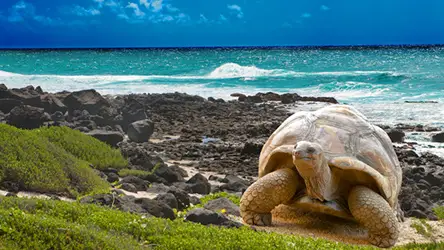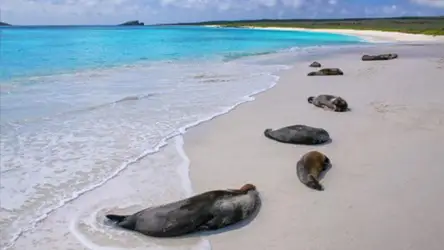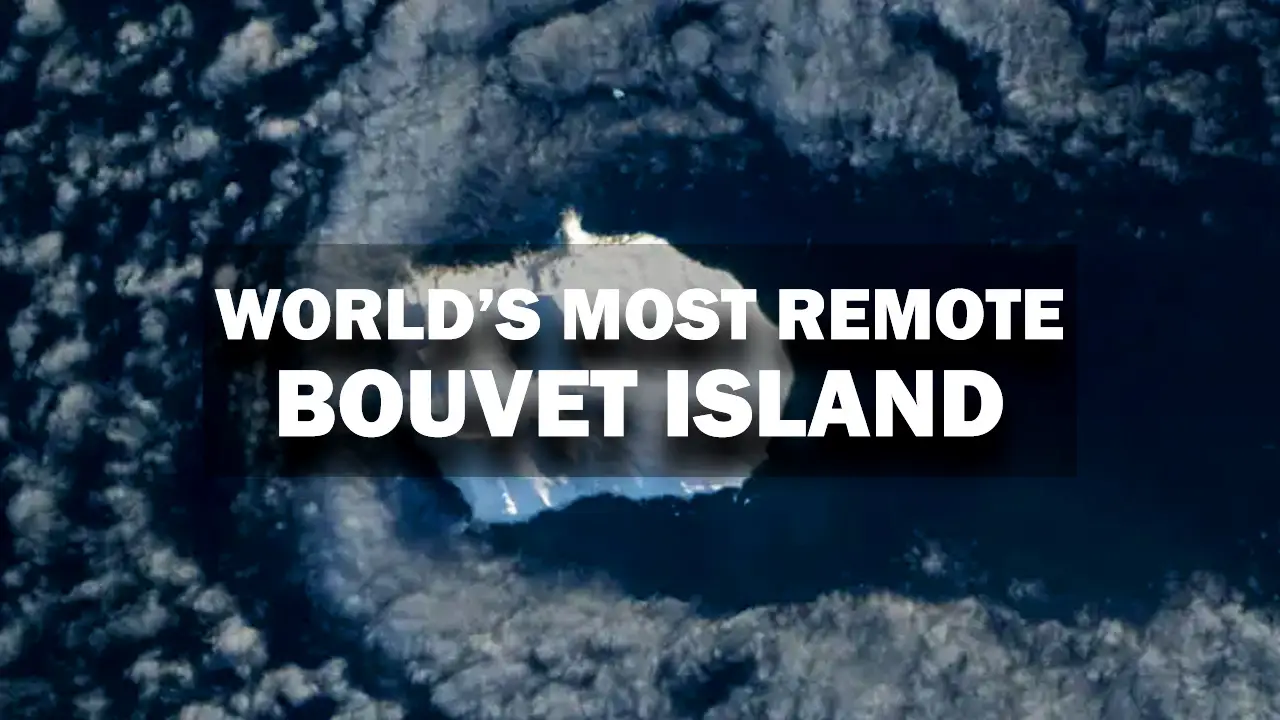The Galápagos Islands, located in the Pacific Ocean about 1,000 kilometers from Ecuadorian coast, form a true natural treasure. This archipelago, composed of 19 main islands and a surrounding marine reserve, is known as a “living museum and showcase of evolution.”
Galapagos, A Unique Archipelago in the World
Immersing yourself in its crystal-clear waters and exploring its unique flora and fauna, visitors have the opportunity to experience the beauty and diversity of wildlife at its best.
An Exceptional Marine Ecosystem
The geographical location of the Galápagos Islands, at the confluence of three ocean currents, makes it one of the richest and most diverse marine ecosystems on the planet.
In these waters, you can come face to face with vibrant corals, majestic sharks, playful penguins, and marine mammals of all shapes and sizes.
No other place in the world offers a diving experience with such a diversity of marine life, some of which are as familiar to us as the tropical fish that swim alongside divers.
A Fascinating Geological Legacy

The geological history of the Galápagos is equally intriguing as its marine life. The archipelago emerges from the ocean floor, and its formation is intrinsically linked to unique biological processes.
Here, three major tectonic plates, Nazca, Cocos, and Pacific, converge at the ocean floor, making it a site of great geological interest. Unlike many other oceanic archipelagos, the Galápagos are notably young, with the largest islands, such as Isabela and Fernandina, being less than a million years old. The oldest islands, Española and San Cristóbal, range from three to five million years old.
This place provides a unique window into observing the evolution of the youngest volcanic areas in the west and the oldest islands in the east. Ongoing geological processes, such as volcanic eruptions, seismic movements, and erosion, provide valuable clues about the origin of the Galápagos Islands.
Here, you can witness the continuity of geological and geomorphological features in an almost uninterrupted fashion, something rarely found elsewhere in the world.
A Laboratory of Evolution
Since the publication of Charles Darwin’s “Voyage of the Beagle” in 1839, the origin of the Galápagos’ flora and fauna has intrigued scientists and nature enthusiasts alike. These islands are an exceptional example of how evolutionary and ecological processes, as well as biogeographical phenomena, influence flora and fauna at both the island-specific and archipelago-wide levels.
The iconic finches, playful mockingbirds, land snails, magnificent giant tortoises, and numerous groups of plants and insects studied by Darwin are examples of ongoing adaptive radiation.
Furthermore, the Galápagos Marine Reserve, influenced by ocean currents and climate phenomena such as El Niño, has played a crucial role in the evolution of species in changing conditions.
The direct dependence on the sea for island wildlife, such as seabirds, marine iguanas, and sea lions, creates an inseparable link between the terrestrial and marine worlds.
Biodiversity at Its Best

Despite being relatively young oceanic islands, the Galápagos harbor a surprising diversity of species. Here, you can encounter emblematic giant tortoises, unusual land iguanas, and historically significant Darwin’s finches and mockingbirds. Endemic flora, such as the giant daisies Scalesia spp. and other genera, also thrives on these islands.
A total of around 500 vascular plant species, with approximately 180 being endemic, form part of the rich plant diversity of the Galápagos. In terms of reptiles, the Galápagos boast 36 species, all of them endemic and most of them endangered or extinct, including the world’s only marine iguana.
The marine realm also shines with high diversity and endemism, with 2,909 identified marine species and an 18.2% endemism rate. Notable marine species include sharks, whale sharks, rays, and cetaceans.
Interactions between marine and terrestrial life, such as sea lions, marine iguanas, and seabirds, are also exceptional. Recent exploration of deep-sea communities continues to contribute new insights to science.
Preservation and Challenges
Conservation of the Galápagos Islands is essential to protect this natural treasure. However, it faces significant challenges, including the introduction of invasive species, increasing tourism, population growth, illegal fishing, and governance issues due to the large number of stakeholders with conflicting interests involved in island management.
Over the years, laws and regulations have been implemented to address these challenges and ensure sustainability. The protection of the Galápagos Marine Reserve, established in 1986 and expanded in 1998, is a significant milestone in this effort.
This marine reserve, one of the largest in the world, encompasses the inner waters of the archipelago and the surrounding coastal areas. Additionally, zones of sustainable use and prohibited areas for the local population have been established through a zoning system.
Revenue from tourism, international donations, and government support contribute to the funding of Galápagos conservation and management.
The Galápagos Islands, with their astonishing biodiversity and unique evolutionary history, are truly exceptional on our planet. The conservation of this natural treasure is a shared responsibility, and it is crucial that we continue to protect and preserve these islands for future generations.






